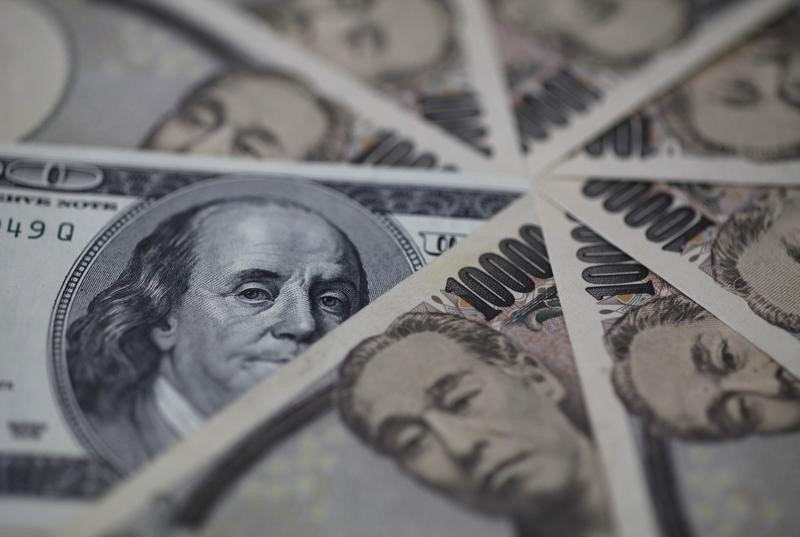Investing.com -- The dollar has come off Wednesday’s highs in early trade in Europe on Thursday, but is still well bid on the back of news flow suggesting the U.S. economy remains a pillar of relative strength.
The euro fell to its lowest level in nearly two years against the dollar late Wednesday, at $1.1141, after disappointing business surveys from Germany and France earlier in the day. It has barely recovered since. By 03:00 AM ET (0700 GMT), it was at $1.1160. The British pound also continues to languish at around $1.2911.
The dollar index, which measures the greenback against a basket of six major currencies, surged to its highest since May 2017 overnight after the Bank of Japan joined its counterpart in Canada in talking down the economic outlook.
The BoJ said it would hold off from any interest rate increases for at least another year, sending the dollar briefly to a new 2019 high of 112.38 yen, although it has since retreated to 111.78, failing yet again to make a sustained break through the 112 level.
The dollar also hit a three-month high of $1.3509 against the Canadian dollar Wednesday, when the Bank of Canada cut its growth forecast for this year to 1.2% from 1.7%, and dropped language about the possible need for future interest rate hikes from its policy statement.
Meanwhile, the drumbeat of weak economic news from elsewhere across the globe continues. The South Korean won fell to its lowest in over two years against the dollar after data showed the economy contracted by 0.3% in the first quarter, while the Indian rupee has fallen to just above 70 against the dollar on fears that the sharp rise in oil prices this week will hit its current account. India is one of the world’s largest oil importers.
The dollar’s rally may still be tempered by disappointments from the ongoing corporate earnings season, although results so far have generally outperformed expectations. That leaves Friday’s U.S. GDP report as the next likely big trigger for the greenback.
